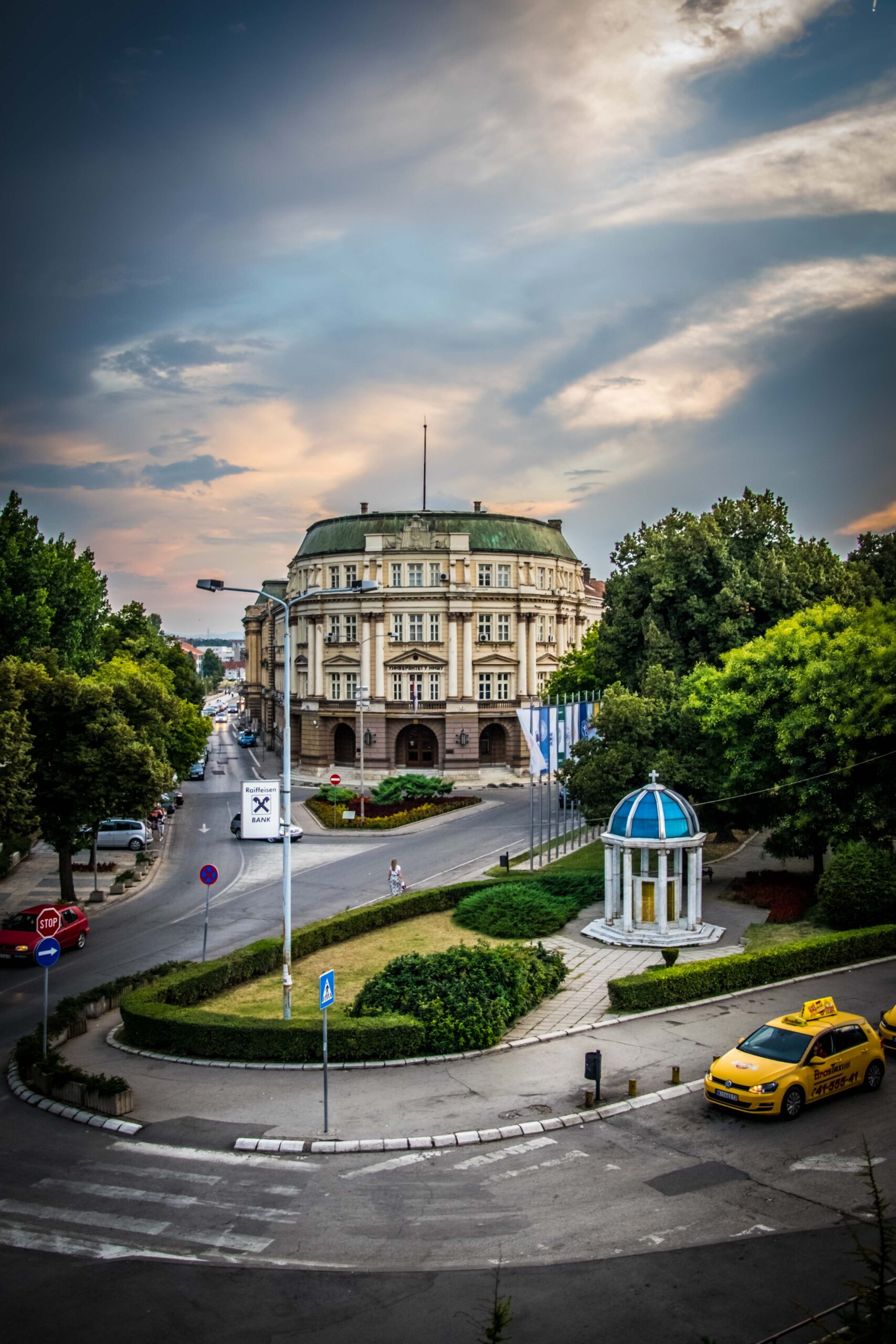All Slavic languages originate from the language of the community that used Proto-Slavic language. Due to the movement of Slovenes in three directions, three language groups developed from the once unique Proto-Slavic language:
- South Slavic languages – Serbian / Croatian, Slovenian, Macedonian, Bulgarian, Old Slavic;
- Eastern Slavic languages – Russian, Ukrainian, Belarusian;
- Western Slavic languages – Polish, Czech, Slovakian, Serbian.
The first Slavic alphabet was Glagolitic script, but it was replaced by the Cyrillic alphabet (south-eastern Europe and east) and Latin (central Europe) in the areas where Slavs lived. In Serbia, Montenegro, Bosnia and Herzegovina and Croatia, citizens speak a very similar languages, so some linguists consider it as the same polycentric language, while in official use, names such as the Serbian language, the Croatian language, the Bosnian language, etc. are used. Citizens of these countries understand each other very well and no interpreter is needed.
Some of the useful phases that can help you in everyday communication:
- Good day! – Dobar dan!
- When is the last bus leaving? – Kada polazi poslednji autobus?
- How much is it? – Koliko košta?
- Which bus drives to Vozdovac? – Koji autobus ide na Voždovac?
- How do I get to School of electrical and computer engineering of applied studies? – Kako da stignem do Visoke škole elektrotehnike i računarstva strukovnih studija?
- When is the exam? – Kada nam je ispit?
- Where can I find the material for exam preparation? – Gde da nađem materijal za pripremu ispita?
- Where can I find the literature for this exam? – Gde mogu da pronađem literaturu za taj ispit?
- Where is…..? – Gde se nalazi….?
- Thank you for the information. – Hvala na informacijama.
In Belgrade, there are a lot of language schools who offer Serbian for foreigners courses, some of the useful links are:

